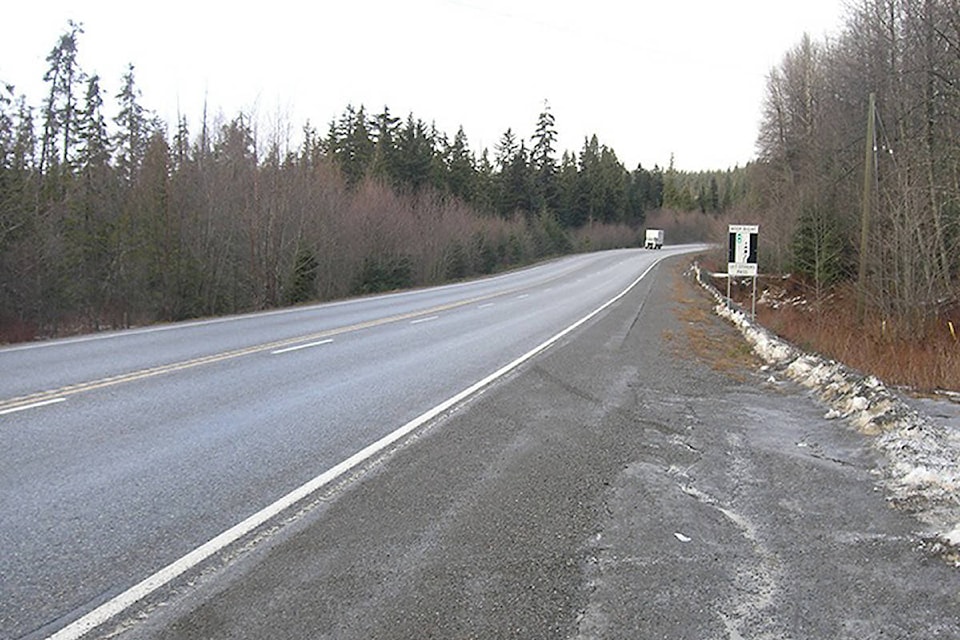The province has told the Regional District of Kitimat-Stikine (RDKS) it’s not their responsibility to provide road-side signage informing drivers that Hwy 37 does not have cellular service.
The Ministry of Transportation and Infrastructure (MOTI) was replying to a request by the district, stating in a letter the province is “not a cellular provider and would need to exercise caution communicating on behalf of another agency.
“Many highways and roads across the province do not have cellular coverage and there would be numerous challenges communicating this message with signage across the province,” reads the letter.
RDKS director Tina Etzerza, who lives in Dease Lake, says she’s disappointed with the response — especially considering it was written during the high profile murders in northern B.C. last month.
“To see that the letter was written right amongst all of that chaos that was happening here was pretty disheartening,” says Etzerza, noting that many residents along the highway are still fearful and hesitant to help anybody on the side of the road.
The lack of cell service has been brought up repeatedly ever since and is now considered to be a public safety issue with the district. It may take years for cellular companies to service the region, but Etzerza wants to ensure that travellers are prepared for the deadzones in case of an emergency.
“I think a lot of the tourists that we do get who want to experience the wilderness, don’t fully realize what that means. They’re just kind of touring along and that track may take two or three days… it’s just more of a courtesy thing to put that sign up and let people know that it’s a reality.”
READ MORE: New cell service coming to Highway of Tears
At a regular board meeting in May, Etzerza had submitted the recommendation to request signage at the Kitwanga turnoff onto Hwy 37 advising drivers there’s no cell service going north.
MOTI says this may only serve to confuse drivers. “There is cellular coverage in the community of Stewart and a sign indicating cellular terminus on Highway 37 could be misleading for some travellers.”
Etzerza says MOTI doesn’t entirely understand the gravity of their request, as that highway stretch is believed to be the longest distance with no cell service in B.C.
The distance from Kitwanga, B.C. to Whitehorse, Yukon is approximately 1115 km. The only way to connect is to use landlines or Wi-Fi hotspots available at businesses along the highway, which aren’t always offered to tourists due to high costs.
“It’s unprecedented in B.C to drive 1,000 km without cell service so people don’t expect it, they expect the typical sporadic 50 kilometres here and there but not 1,000,” she says.
READ MORE: Northern B.C. homicides unsettle isolated Tahltan village
Etzerza also says the province’s concern of communicating on behalf of cellular providers is not valid reasoning.
“The Ministry of Transportation puts up signs that the next fuel service is 200 kilometres and they don’t sell fuel, they put up signs that say there’s a payphone but they don’t run the payphone,” she says. “Now they don’t want to put up no cellular service signs because they don’t run cell service? It’s not very consistent.”
The ministry says it is open to meet with the RDKS and cellular providers to investigate the issue. The board has agreed to invite MOTI’s Bulkley-Stikine district manager Carl B. Lutz to further discuss the matter.
natalia@terracestandard.com
Like us on Facebook and follow us on Twitter
